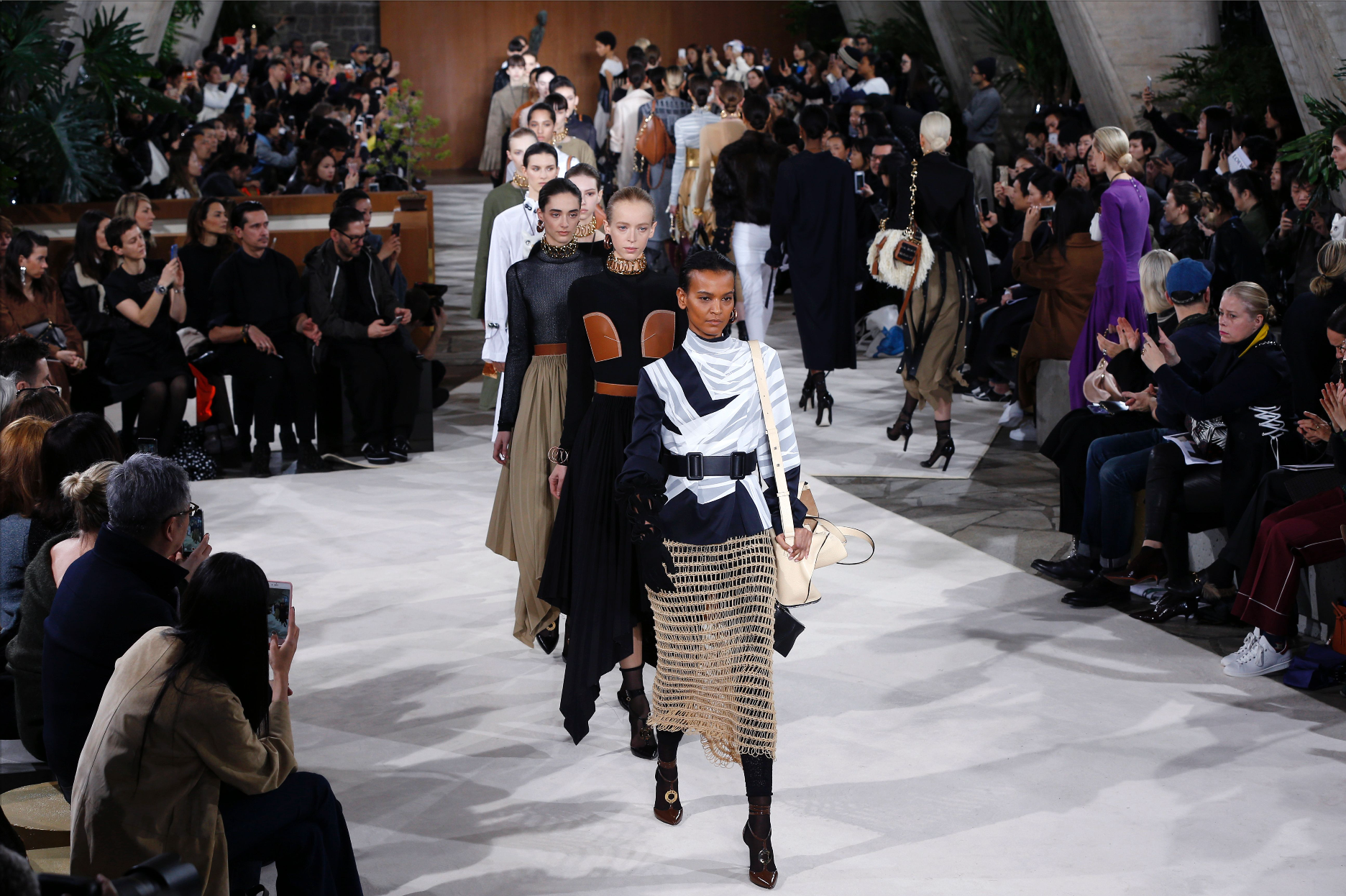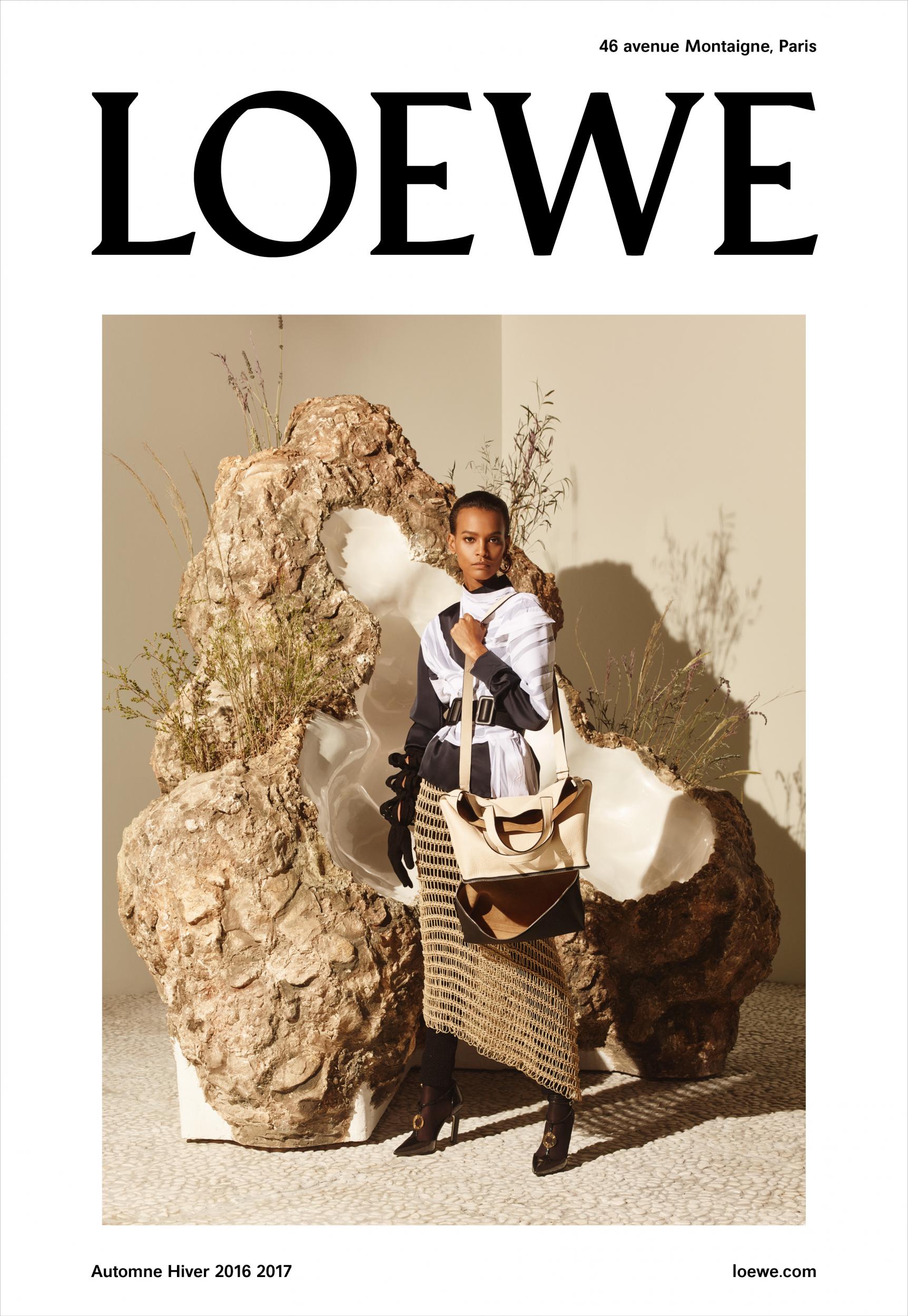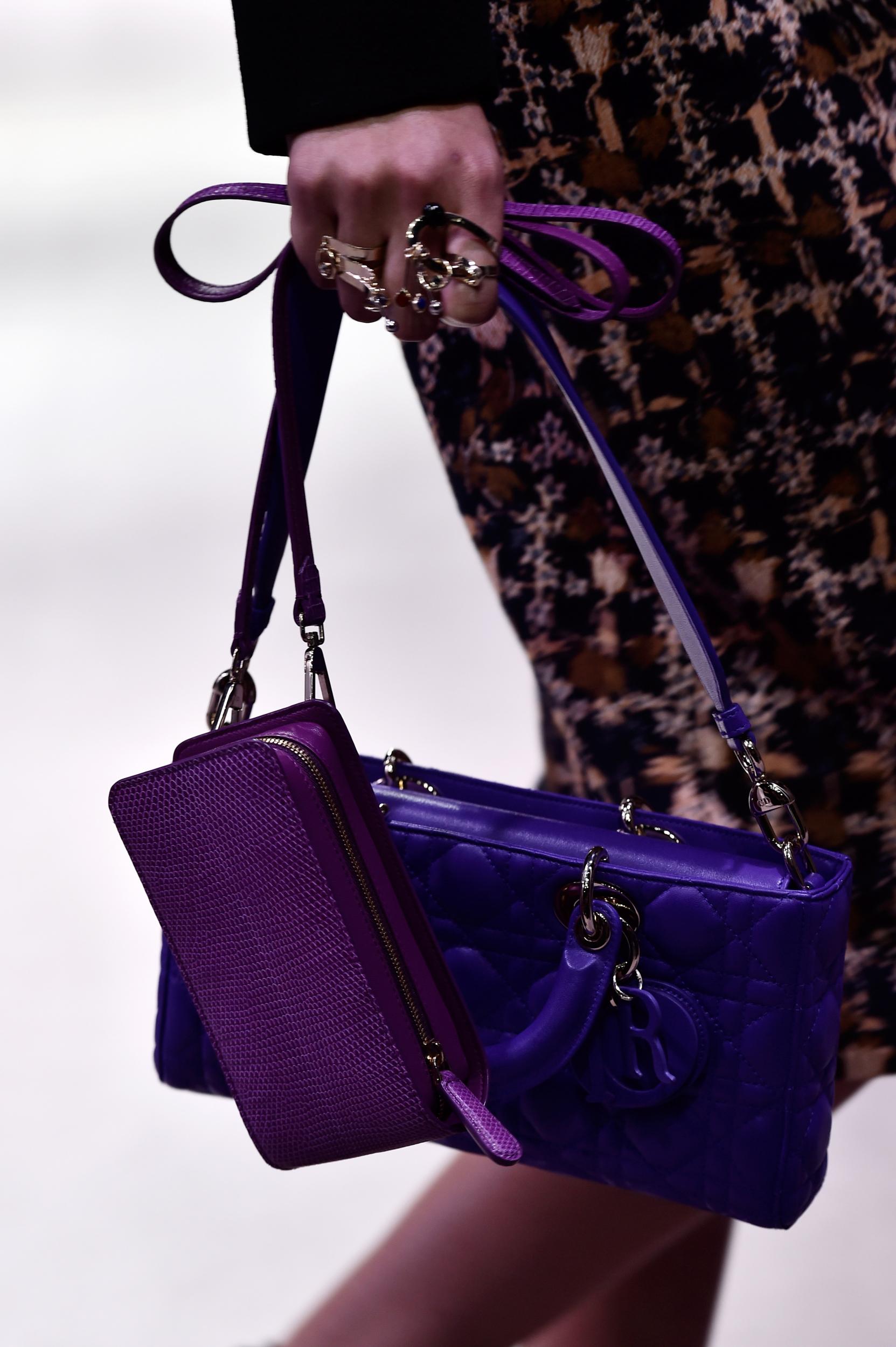Frustration and anticipation, as Loewe and Christian Dior show what’s next in Paris
The singular vision of Jonathan Anderson at Loewe contrasts with a still-leaderless Christian Dior. Fashion editor Alexander Fury reports from the autumn/winter 2016 collections

Your support helps us to tell the story
From reproductive rights to climate change to Big Tech, The Independent is on the ground when the story is developing. Whether it's investigating the financials of Elon Musk's pro-Trump PAC or producing our latest documentary, 'The A Word', which shines a light on the American women fighting for reproductive rights, we know how important it is to parse out the facts from the messaging.
At such a critical moment in US history, we need reporters on the ground. Your donation allows us to keep sending journalists to speak to both sides of the story.
The Independent is trusted by Americans across the entire political spectrum. And unlike many other quality news outlets, we choose not to lock Americans out of our reporting and analysis with paywalls. We believe quality journalism should be available to everyone, paid for by those who can afford it.
Your support makes all the difference.There’s a degree of frustration evident in Paris, as the autumn/winter 2016 season draws to a close. The frustration stems from the number of major Parisian houses currently in a state of flux, specifically Christian Dior, without a designer since the departure of Raf Simons, abruptly, in October. It leads to a certain tension in the air, not only waiting for an announcement to sweep other news aside, but the fact that every other collection is unpicked for clues of possible designer re-shuffles.
Jonathan Anderson’s strong Loewe show, for instance, set the collective fashion flock a-twitter. Was it a rehearsal? A farewell? A curriculum vitae in 38 looks? Or maybe - god forbid! - Anderson has just hit his stride at the Spanish leatherwoods house, and nailed what the brand should stand for for the twenty-first century. Namely a bit of craft, a lot of product, and stuff women will want to wear. That’s been an issue for him in the past: his last spring collection, for example, was dominated by transparent trousers, in chiffon and PVC. Fun! But not exactly practical.
This show, with its swirling pleated skirts and slim sweaters and tufted bits of tweed around midriffs, hems and bags, felt like a real proposal by Anderson, not a mere assemblage of textile as backdrop to saleable bags. The latter were still there, of course. In the mood of the entire season, muddled as it has been with easy-to-sell, register-chinging accessories, the Loewe models were lugging about a lot of junk, chokers and bracelets and handbags and weird resin pendants in the shape of cat’s faces. Strip off the tchotchkes, though, and the clothes had a new, added depth. You want women to want to look like this. And I think they will.

Good fashion should be focussed. It should have a clear, discernible message. It’s fine for there to be bags of tricks back in the sales room - for your show, lay stake to an idea. That’s what Anderson did, in the fit-n-flare silhouette, the pleats, and the crafty homespun feel of frayed fringe and dangling bits of chain. It’s also a great illustration of why it works when one person is calling the shots: they decide what’s right and what’s wrong, because there’s no unwritten, universal rule. Fashion’s all subjective.
Anderson’s Loewe is convincing. He also started what appears to be a new trend, of pre-shooting product and advertising clothes that we haven’t even seen (Paco Rabanne has just done the same). Paris is full of Loewe advertisements already, and Liya Kedebe walked out wearing the same look, as if she’d just stepped off of a billboard. Anderson directed all that. He also oversees the shops, and designs the men’s and womenswear. He’s an all-rounder, and Loewe is a design house whose creativity is in absolute control.

It helps, of course, that Loewe is sort of an unknown entity. You say the name, and plenty of people have no clue what you’re talking about. Meaning Anderson, from the start, has been able to do pretty much what he likes. Christian Dior is rightly proud of its own past - next year is the seventieth anniversary of the New Look, that cemented Dior’s name in not only fashion but cultural history. It also surrendered the curvaceous Bar jacket, with jutting basques and whittled waist, that continues to dominate the house’s silhouettes. Sometimes, that’s an issue: frequently Dior is so concerned with looking backwards that it can’t see where it should be going. This season was the third presented by the Dior team without a creative director. An announcement, we’re endlessly told, is imminent; the candidates, we constantly gossip, seem legion.
By stint of its financial muscle, advertising might and the aforementioned historical status, Dior is a lynchpin show of the calendar. It’s currently hovering in limbo, with designers Serge Ruffieux and Lucie Meier the named leaders to a decided team effort. The bombast of the Dior stage demands more than is fair from these two, who are fine enough but are followers, not leaders. Which is a fair summary of the winter Dior show too, which followed the house’s signature styles but failed to inject them with anything especially new or remarkable.
But how can you ring in a change, or switch a direction, when you know your days are numbered?
Instead, we saw water-treading, stopgapping, tweaking and pinching and frilling of standard Dior shapes to add bubbles of volume, flounces, points of interest and slight departure. There were short coats, short dresses, bare legs, a discombobulating summery mood highly relevant to the multi-millionaires women swathed in mink in the audience, who spend the part of winter when they’re not watching Dior shows sunning themselves in an altogether more clement clime. This collection was fresh, engaging, very commercial, if a little anonymous - in terms of designer, rather than house.
There was a sense of Dior - those curving Bar shapes, sometimes tugged asymmetric, foliate embroideries (Monsieur Dior's lucky lily-of-the-valley dominated), and a certain knotted, bowed, ruffled breed of decorative femininity. Yet there was, understandably, no sense of individual hand. Accessories were cluttered - rings dripping chains, earrings clambering lobes, multiple bags jangling, kiss-lock purses tangled with multi-pocketed flaps alongside pochettes, a multitude of styles on single outfits, as if many hands had each lobbed one on. Ruffieux and Meier should be given credit for the fact that the whole collection didn’t have that feel, but instead held together well. The gap was stopped. Now we can continue deliberating and conjecturing about their imminent replacements. What an unpleasant time in which we live.

Join our commenting forum
Join thought-provoking conversations, follow other Independent readers and see their replies
Comments